
Growing up I was always told to eat my carrots as they helped me see in the dark. But upon doing my own research now, that well-used statement which I definitely believed as a child is apparently a myth that stems from a Second World War propaganda campaign – a statement from the government designed to respond to a wartime oversupply of carrots and keep the news of improved RAF radar technology a secret. Did you know that?
The real deal of restoring and strengthening eyesight is fennel! It has been praised by Roman herbalists at least anyway. In the book titled The Art of Simpling, written in 1656, it is also noted that the seeds of this tall perennial herb “contain a high concentration of volatile oil which our forefathers used to help clear the mistiness of the eye”.
Additionally, fennel has a long and continuing history of being used to soothe upset stomachs or cramps and quieten those hunger grumbles, which I’m certainly familiar with if I don’t eat often enough. As herbal tea or incorporated into delicious dishes, fennel can be great for our mind and body. One cup of fennel apparently contains 20% of our daily recommended intake of vitamin C, as well as plenty of fibre and iron. It just depends if you love or loathe its sweet anise flavor.
WHAT IS THE DIFFERENCE BETWEEN FENNELS?
COMMON FENNEL: This is the leafy fennel that is often grown as a herb. Its Latin name is Foeniculum vulgare and it produces tall (1.5m) feathery foliage and then umbels of yellow flowers. It’s a beauty to look at and watch grow! And it’s a great herb that connects us with four of our senses: touch, taste, smell, and sight.
Denne historien er fra August 2021-utgaven av Kitchen Garden.
Start din 7-dagers gratis prøveperiode på Magzter GOLD for å få tilgang til tusenvis av utvalgte premiumhistorier og 9000+ magasiner og aviser.
Allerede abonnent ? Logg på
Denne historien er fra August 2021-utgaven av Kitchen Garden.
Start din 7-dagers gratis prøveperiode på Magzter GOLD for å få tilgang til tusenvis av utvalgte premiumhistorier og 9000+ magasiner og aviser.
Allerede abonnent? Logg på
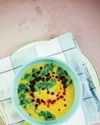
SEPTEMBER SPECIALS
This month, with sweetcorn, figs and blackberries on the menu, Anna Cairns Pettigrew is not only serving up something sweet and something savoury, but all things scrumptious
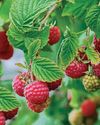
FLAVOURSOME FRUIT AUTUMN RASPBERRIES
September - is it late summer or the start of autumn? David Patch ponders the question and says whatever the season, it's time to harvest autumn raspberries
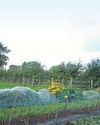
SOW GREEN THIS AUTUMN
Covering the soil with a green manure in winter offers many benefits and this is a good time to sow hardy types, says KG editor Steve Ott

A HISTORICAL HAVEN OF FRUIT AND FLOWERS
KG's Martin Fish takes time out from his own plot to visit a walled garden in Lincolnshire which has been home to the same family for more than 400 years
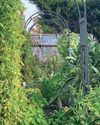
RESTORING THE BALANCE
The phrase regenerative gardening is often heard in gardening circles, but what is it? Can it help you to grow better veg? Ecologist Becky Searle thinks so, and tells us why
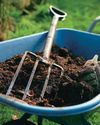
WASTE NOT, WANT NOT
Garden Organic's Anton Rosenfeld shares his expertise on using compost made from green bin collections with handy tips on getting the right consistency and quality
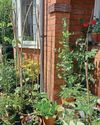
Celebrating Organic September!
In this special section we bring you four great features aimed at improving your crops and allowing nature to thrive
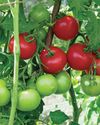
SEEING RED
Do your tomatoes have a habit of remaining stubbornly green? Or perhaps you're lucky to enjoy lots of lovely fruits - just all at once. Either way, Benedict Vanheems is here with some top tips to ripen and process the nation's favourite summer staple
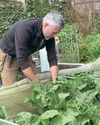
NEW KIDS ON THE BROCCOLI!
Rob Smith is talking broccoli this month with a review of the different types available and suggestions for some exciting new varieties to try
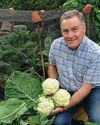
A NEW kitchen garden
Martin Fish is getting down to plenty of picking and planting on the garden veg plot, while Jill is rustling up something pepper-licking good!